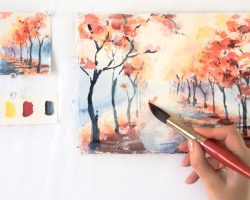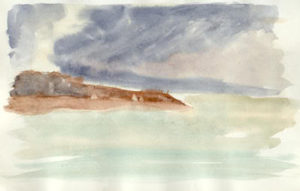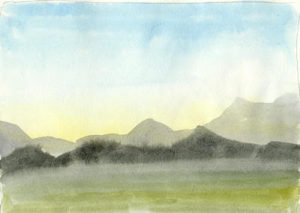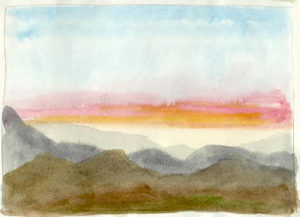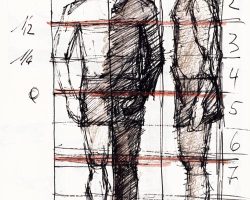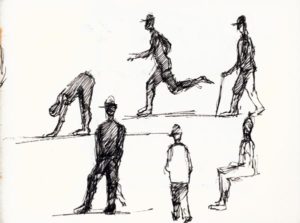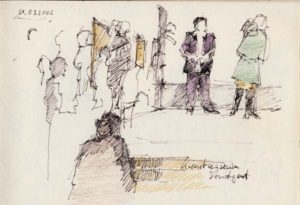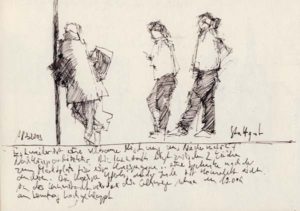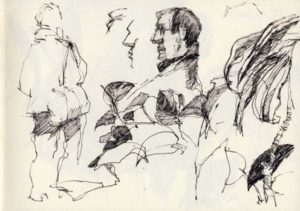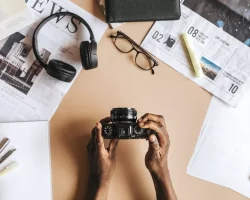
The Heyday Of 35mm Photography
35mm photography was once the standard format for film cameras. It was popular for many years because it offered a good balance between picture quality and portability. Many professional photographers still prefer to use 35mm cameras, even though digital cameras have become more popular in recent years.
35mm film is a strips of negatives that are 35mm wide. Each frame is 24mm x 36mm. Most 35mm cameras use 135 film, which is wound around a spool inside the camera. 135 film is also known as 35mm film.
When 35mm photography was first introduced, it was a big improvement over the larger format films that were being used at the time. The smaller size made it much easier to carry a camera around and to take pictures in tight spaces. The picture quality was also very good.
35mm photography remained popular for many years, but it has slowly been replaced by digital photography in recent years. Digital cameras offer many advantages over film cameras, such as the ability to take an infinite number of pictures, instant feedback, and easy editing and sharing of photos.
Despite the popularity of digital photography, many professional photographers still prefer to use 35mm cameras. This is because 35mm cameras often produce better quality pictures than digital cameras. The larger size of the negative also allows for more detail to be captured.
If you are interested in learning more about 35mm photography, there are many great resources available. There are also many websites that sell used 35mm cameras and film.
35mm photography was once the standard for taking high-quality photos. But as digital cameras have become more advanced, 35mm cameras have become less popular. Nevertheless, there are still many photographers who prefer to use 35mm cameras, and there are some good reasons for this.
One reason 35mm cameras are still popular is that they produce very high-quality images. Digital cameras have come a long way, but they still can’t match the image quality of 35mm film. If you want the absolute best image quality, 35mm is still the way to go.
Another reason to use a 35mm camera is that they’re very versatile. You can find 35mm cameras that are designed for all sorts of photography, from landscapes to portraits to action shots. No matter what kind of photos you want to take, there’s a 35mm camera that can do it.
Finally, 35mm cameras are just plain fun to use. They’re a lot more analog than digital cameras, and there’s something satisfying about loading a roll of film and taking photos the old-fashioned way. If you’re looking for a more hands-on photography experience, 35mm cameras are the way to go.
So if you’re a photographer who’s looking for the best image quality, versatility, or just a more fun photography experience, consider using a 35mm camera.

